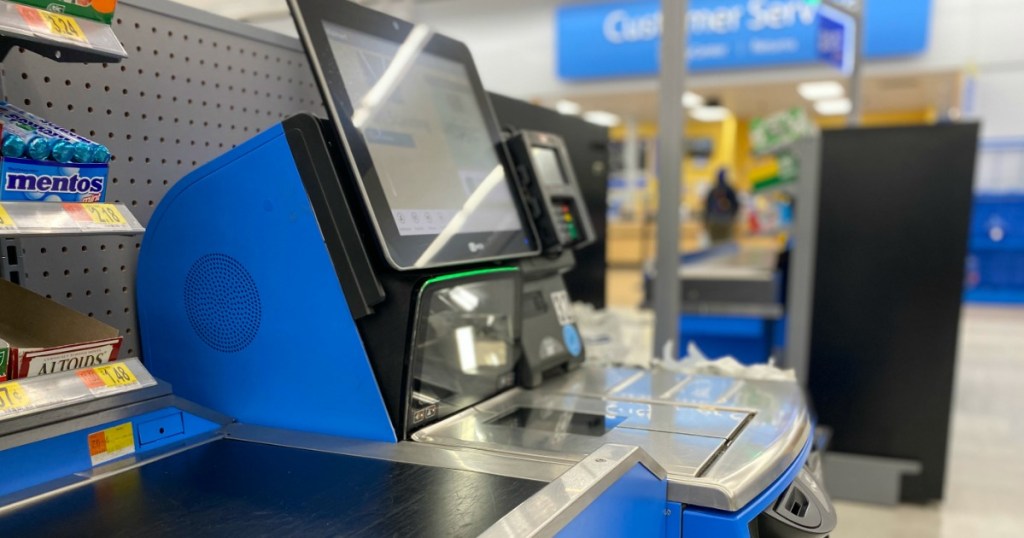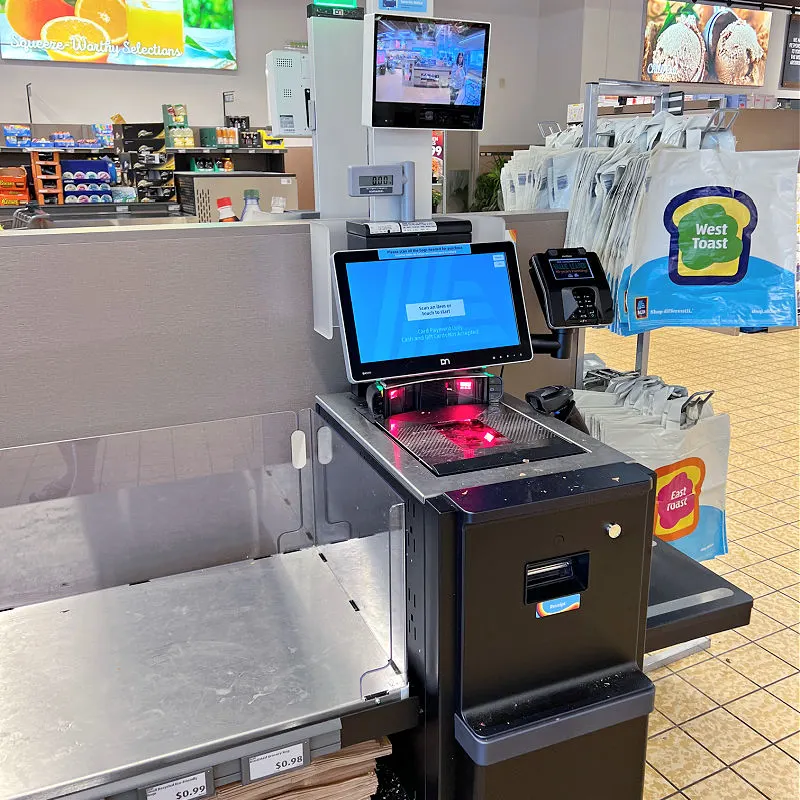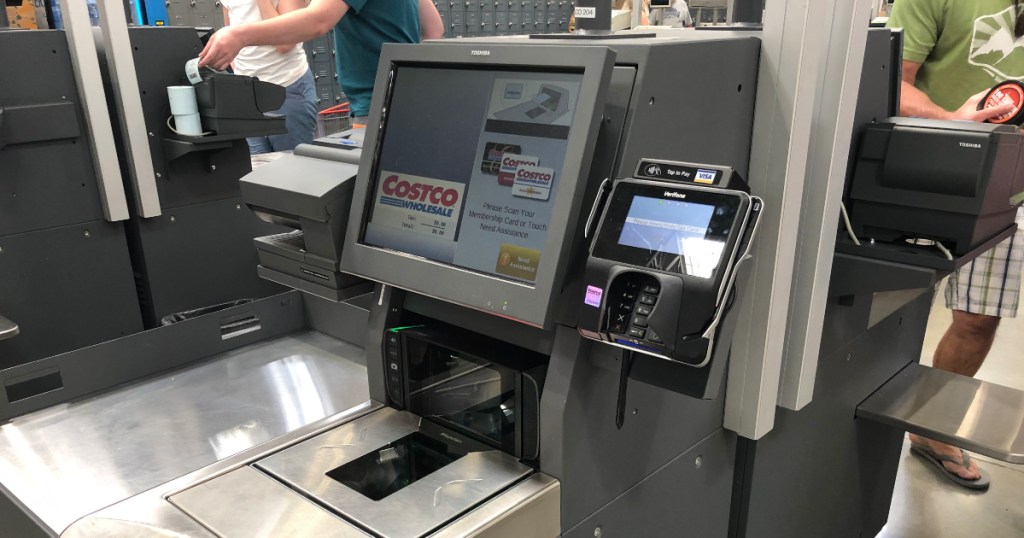Walmat self checkout theft
Understanding Walmart’s Battle Against Self-Checkout Theft
Walmart, a retail giant trusted by millions, has been facing an escalating challenge with theft at self-checkout counters. As the usage of self-checkout has surged, accounting for approximately 30% of all transactions in 2021, a significant uptick in shoplifting cases has been reported. This phenomenon has forced Walmart to implement a series of anti-theft measures and technologies to protect its bottom line and maintain the integrity of the self-service shopping experience.
The Rise of Self-Checkout Convenience and Shoplifting
Self-checkout has been a game-changer for shoppers seeking convenience and speed, effectively doubling its presence in the retail space since 2018. However, this rise in self-service technology has opened avenues for theft that Walmart is now striving to address.
Walmart’s Strategies Against Self-Checkout Theft
- Armed Associates with Handheld Devices: Walmart has equipped employees with devices to monitor self-checkout transactions and track purchases in real-time.
- Automated Missed-scan Detection: This technology alerts store associates to potential scanning errors or intentional omissions.
- Surveillance Cameras: Strategically placed cameras monitor self-checkout counters to identify theft.
- Disabling Self-Checkout: In instances of repeated theft, Walmart has resorted to shutting down self-checkout kiosks altogether.

The Impact of Anti-Theft Technologies on Customer Experience
Though these anti-theft measures are crucial for Walmart, they come at a cost. Customers have reported feeling “treated like thieves” due to honest mistakes and technology glitches. The inconvenience and occasional embarrassment resulting from false alerts have also sourred the self-checkout experience for some.

Customer Frustrations
- Uncomfortable Confrontations: False alerts lead to confrontations between shoppers and employees.
- Technical Glitches: Errors such as “unexpected item in bagging area” can be frequent and disruptive.
- Queue Delays: Increased intervention by staff at self-checkout counters can lead to longer waiting times.

Walmart’s Ongoing Adjustments and Rethinking of Self-Checkout
In light of these challenges, Walmart has not been afraid to roll back self-checkout features in some stores, especially in areas with high incidents of theft. In New Mexico, for example, self-checkout machines were entirely removed from select stores. Moreover, Walmart’s CEO, Doug McMillon, has been vocal about the theft problem, suggesting that continued issues may lead to more drastic action.
Addressing the Theft Problem
- Store Layout Changes: Incorporating a police station within an Atlanta-area Walmart store to deter theft.
- Removal of Self-Checkout: Select locations have seen the complete removal of self-checkout kiosks.
- Legal Consequences: Walmart has pursued legal action against shoplifters, with some cases leading to false accusation lawsuits.
Balancing Technology with Human Touch
Walmart realizes that the balance between technological efficiency and customer satisfaction is delicate. The retailer is consistently working to fine-tune this balance, with consideration for both the business’s financial health and the shopper’s experience.
Future Perspectives
- Employee Training: Investing in better training for staff to handle alerts with tact and discretion.
- Improved Technology: Development of more robust and error-proof anti-theft systems.
- Customer Feedback: Actively analyzing customer feedback to make user-friendly improvements.
Does Walmart Price Match Amazon
Conclusion
Walmart’s journey with self-checkout theft is a telling example of the complexities retailers face when blending technology with customer service. By understanding the issues and responding thoughtfully, Walmart continues to refine its approach to ensure that the convenience of self-checkout does not compromise either security or the shopping experience.
As Walmart navigates this ongoing concern, the corporate giant remains committed to evolving and adapting its strategies to meet the dual requirements of loss prevention and customer satisfaction.

